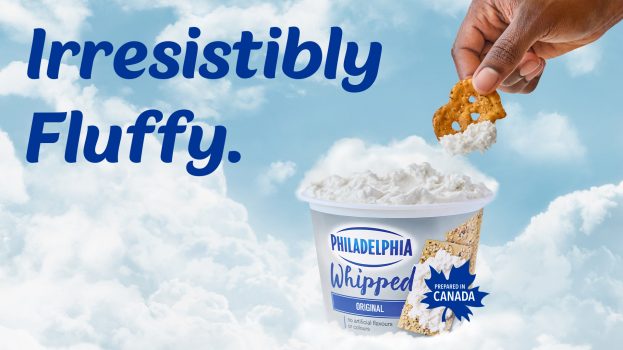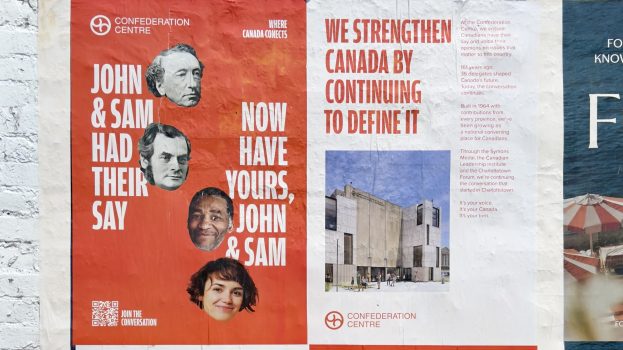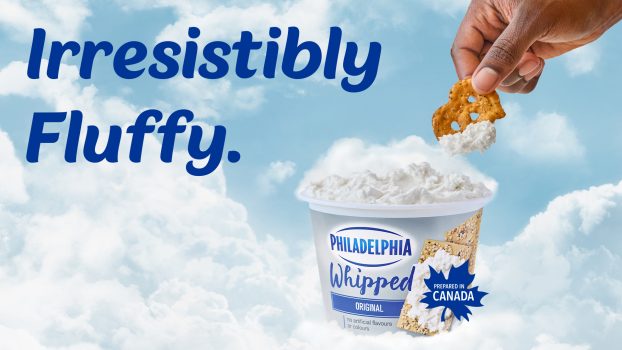McDonald’s is bringing people into its prep process by giving them a literal look inside its kitchens.
The QSR activated at Toronto’s Yonge Dundas Square in October by turning a shipping container into a kitchen. Its glass walls gave people a look at how the brand makes Big Macs, to once again make transparency front and centre. Consumer reactions to the pop-up are now being shown in an online video.
“We wanted to bring people into the kitchen and actually show them how we prepare the food, and cook it, because it helps give people confidence it’s freshly prepared when they order,” says Rebecca Smart, national marketing manager at McDonald’s Canada.
McDonald’s has previously made the idea of transparency a major part of its marketing in Canada, be it highlighting its food sourcing or directly answering consumer questions to dispel rumours.
Smart tells strategy that this latest effort is mostly to showcase operational and procedural changes in McDonald’s food prep that were among the recent changes to its most popular burgers. For example, the patties are now cooked in smaller batches, and that it’s adding onions while they’re right on the grill.
“We wanted to find a unique way to show all the little changes, a hard thing to do in a regular 30-second TV ad,” Smart says, and adds that the pop up concept and subsequent creative was a way to make the changes more relatable. Its “Classics Remastered” campaign, created by AOR Cossette, promoted the menu tweaks in response to consumer insights that showed people could taste the differences in the burgers, but were not fully aware of the changes that contributed to it. The Big Mac was solely selected this time around because of its iconic status as the product most associated with the brand, Smart says, an important facet when highlighting changes to the preparation process.
According to Smart, activations like this are important to engage with guests in unique and personal ways and do it more directly. It’s something the brand wants to continue to do more of, and to test and to learn.
For this digital campaign, Cossette did the creative, Prime tackled the experiential component and Weber Shandwick handled PR.























